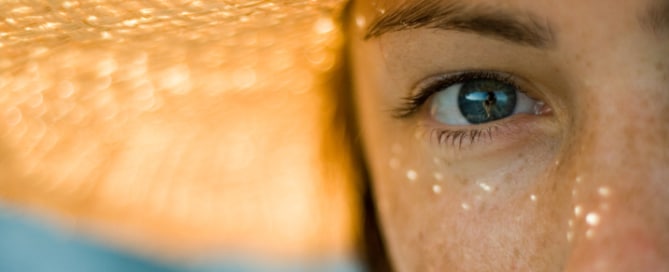What Happens if an Eyelid is Damaged?
We expect our eyelids to go through very little change throughout our lifetime. At most, we may understand when we notice that the upper or lower eyelids get puffy or saggy. This is a normal transition that occurs with age. However, most people do not anticipate the potential for eyelid damage, such as injury and […]
What Happens if an Eyelid is Damaged? Read More »




